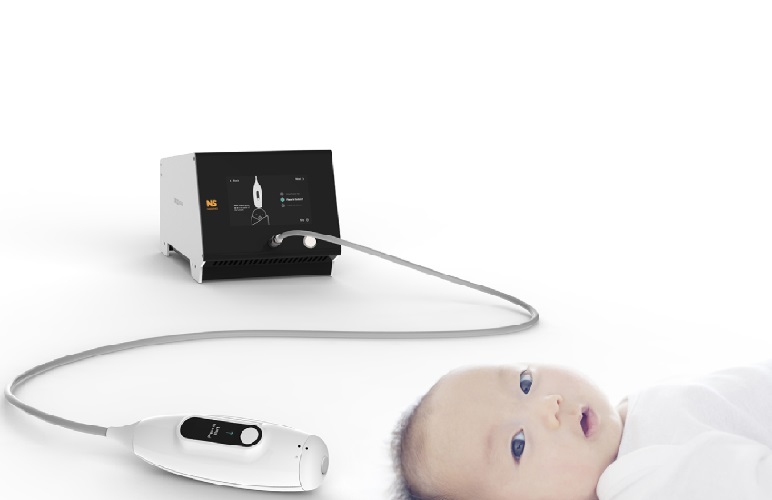Less Expensive, More Effective, and Safer Diagnosis of Breast Cancer in Development
By MedImaging International staff writers
Posted on 20 Mar 2011
New computational technology has led to a fast, inexpensive technique for using ultrasound, and advanced algorithms to differentiate between benign and malignant tumors with a high level of accuracy. Posted on 20 Mar 2011
Sevan Goenezen is a doctoral student in the department of mechanical, aerospace, and nuclear engineering at Rensselaer Polytechnic Institute (Troy, NY, USA) and his research offers the potential of greatly reducing the need for invasive, uncomfortable, and stress-inducing biopsies, and possibly even replacing mammograms. It uses a new technique to assess images captured with a noninvasive, radiation-free ultrasound device, locate tumors, and determine if the tumor is malignant. The only required equipment is a specific type of ultrasound machine--which typically costs about US$10,000, far less than X-ray equipment--and a common personal computer (PC). Due to these new algorithms, results can be computed in less than five minutes on a high-end PC.
This new technique utilizes ultrasound images of breast tissue to infer the mechanical characteristics of the tissue as it is compressed. The structure of collagen fibers within malignant tissues is very different from the collagen fiber structure in benign tissue. This method quantifies the non-linear behavior of the tumor tissue to determine whether it is cancerous.
In a clinical study, Dr. Goenezen used this strategy to analyze 10 data sets, 5 of which were from patients with benign tumors, and 5 with malignant tumors. The system correctly diagnosed 9 out of the 10 patients. The lone error was a false positive
.
Dr. Goenezen is confident that this new method could lead to less expensive, more effective, and safer diagnosis of breast cancer, which holds the potential to save many lives and significantly trim the screening costs for patients, physicians, and hospitals. Moreover, he reported that he believes this new method could be adapted to diagnose other diseases, including prostate cancer, cervical cancer, liver cirrhosis, and atherosclerosis.
Related Links:
Rensselaer Polytechnic Institute






 Guided Devices.jpg)







